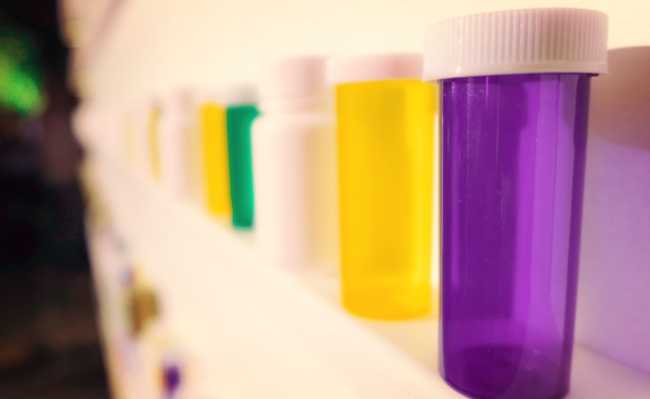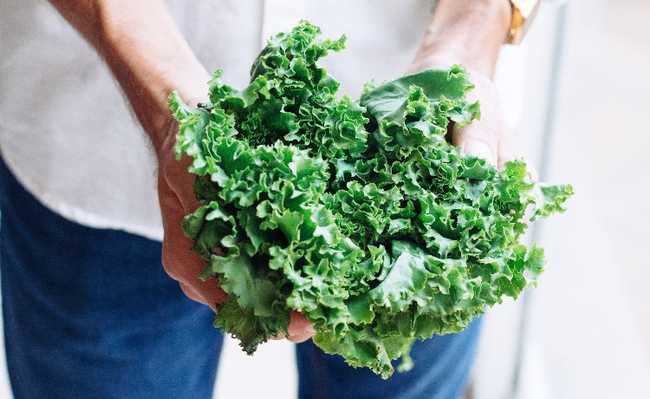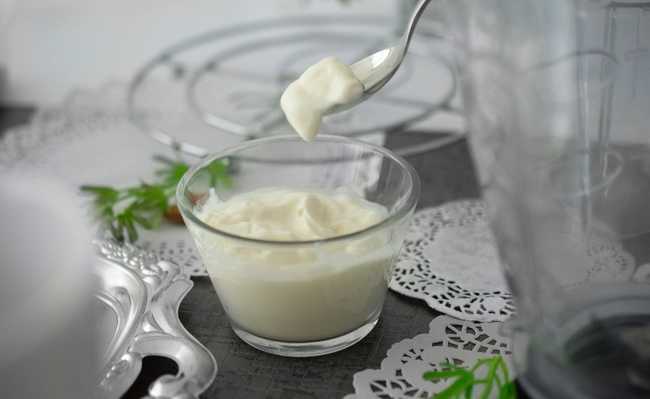Camellia sinensis: what is the "real" tea for
Learn how Camellia sinensis gives rise to various types of teas and learn about its benefits

Camellia sinensis is the real tea
In Brazil and Portugal, any drink made through the infusion process of fruits, leaves, roots and herbs is called tea; but the "true" tea is a drink produced from the leaves of the Camellia sinensis . What is popularly known as tea should be called "Hisane" - that is, your tea made from chamomile, lemongrass, lime, mint, lemon or orange blossom is just a herbal tea.
What is Camellia sinensis?

Camellia sinensis leaves
Yeah, they fooled you for all these years! It's time to find out more about "real" tea. THE Camellia sinensis , also called Indian tea, it is a plant native to subtropical regions with a monsoon climate, but it also adapts well to tropical climates, especially at high altitudes. The plant is perennial, of the shrub type, of the theaceae family (Theaceae).
In Brazil and Portugal are popularly called tea also drinks made through the infusion of fruits, leaves, roots and herbs containing or not tea leaves (remembering that the correct name of these drinks would be "tisana"). Ex.: chamomile (which, in addition to the drink, can also be used as an aromatic essence), lemon balm, lime, mint, lemon, orange blossom.
Brief history of Camellia sinensis
THE Camellia sinensis it originates from Southeast Asia. The first written record of the use of tea dates back to the 3rd century BC The first known technical treatise on tea was written in the eighth century of our era in China. This defined the role of this country as responsible for the introduction of tea in the world. In the early ninth century, tea culture was introduced to Japan by Buddhist monks who imported the plant from China. It is believed that the first contacts in Europe with this drink happened through the Portuguese in the 16th century.
The cultivation of Camellia sinensis in Brazil it began in the 19th century. Currently, Vale do Paraíba, in the region of the state of São Paulo, is the largest tea producer in the country and production is geared towards exports.
Substances present in Camellia sinensis and its properties
1. Theophylline
This substance present in Camellia sinensis it can be used in the treatments of asthma and chronic obstructive pulmonary disease (COPD), in addition to stimulating the central nervous system (it acts antagonistically to adenine, which is a depressant neurotransmitter).
It also: stimulates the secretion of acid and enzymes by the stomach, stimulates cardiac contraction (increasing the rate of heartbeat), increases alertness, anxiety and tremors. In high doses it causes seizures.
Finally, it also has a bronchodilator role, stimulating the movements of the diaphragm and the contraction of the cardiac skeletal muscle.
2. Caffeine
Among other functions, the caffeine present in Camellia sinensis increases the production of gastric juice and stimulates the central nervous system. In excess, it causes agitation, anxiety, headache, insomnia, contraction of blood vessels and rapid heartbeat.
Caffeine also helps increase concentration, improves mood, decreases fatigue and, in some cases, is also used to treat headaches, because it works by constricting the blood vessels that normally cause this illness. In addition, it causes a slight increase in the frequency and intensity of breathing.
There are studies linking caffeine consumption with controlling the onset and/or worsening of Parkinson's disease.
Another therapeutic use of this substance is to control PMS symptoms.
Finally, it is very diuretic, which means that, while it can help you lose weight and control weight, on the other hand, it can aggravate the body's dehydration.
3. Tannin
The tannin present in Camellia sinensis has several characteristics:
- Antidote to heavy metal and alkaloid poisonings;
- Astringent, that is, it contracts or covers organic tissues, decreasing secretions or forming protective layers. Through the contraction of tissues, it fights inflammation in the mouth, throat, intestines and genitals. It causes contraction of mucous membranes, vessels (including blood vessels) and tissues.
- Healing;
- Antidiarrheal;
- Antiseptic, that is, it can disinfect wounds;
- Antioxidant;
- Decreases iron absorption capacity;
- Dermatological use: cleaning and balancing oily skin.
4. Flavonoids
They aid in the absorption of vitamin C. They also have actions: anti-inflammatory, anti-allergic, anti-hemorrhagic and antioxidant. There are studies establishing the relationship of the therapeutic use of flavonoids with the prevention of cancer and cardiovascular diseases (Flavonoids: know the various benefits of compounds present in fruits, vegetables and cereals).
Specifically regarding the plant Camellia sinensis , dermatologists are studying its possible use in protecting the harmful effects of the sun, because it reduces skin inflammation. And the type of flavonoid found in this plant are flavans, which are colorless.
Main types of tea obtained from the Camellia sinensis
All types of tea obtained from the Camellia sinensis they have practically the same substances, but in different concentrations because of the preparation processes. The most known are:
White tea
It is characterized by having young leaves that have not suffered from the effects of oxidation;
Green tea
The oxidation of the leaves is stopped by the application of heat;
oolong
Oxidation is stopped at an intermediate point between the origin of green tea and black tea;
Black tea
Oxidation is aplenty.
Tea production from camellia sinensis
There are two methods: the orthodox and the CTC (Cut, Grind, Concentrate). They basically follow five very similar steps, the biggest difference being the fact that the orthodox way is usually manual, whereas CTC is done in machines. The production of black tea after transporting the leaves from the plantation to the factory is usually as follows:
1. Drainage
Leaves are separated into large portions and drained to release moisture;
2. Rotation
In the orthodox method, whole leaves are rotated to release moisture. In the CTC method, the sheets in small pieces go through the same process, resulting in a powdery appearance;
3. Oxidation
Leaves are separated in a cool, moist environment. Its initial coloration is green, but as oxygen reacts with the cell tissue, the color turns coppery (similar to what happens to leaves in autumn);
4. Drying
Leaves are dried with hot air. Its color changes from copper to brown or black;
5. Screening
Selection of sheets according to their size and quality.
Environmental impacts and alternatives
In tea cultivation, some impacts may occur, especially in large-scale productions that are not concerned with environmental risks:
- Loss of habitats and effects on biodiversity;
- As cultivation is usually done in mountainous terrain, there is an erosion effect;
- Water and soil pollution from the use of agrochemicals;
- Logging.
In processing, the main damage is the elimination of waste. Washing the leaves produces biologically contaminating wastewater that, released into watercourses, can contaminate surface water and aquatic fauna.
Some alternatives
However, it is possible to give preference to tea produced organically, without the use of pesticides, which prevents erosion, does not affect the health of the soil and does not pollute the water.
- Know what organic agriculture is, its benefits and advantages
- Organic urban agriculture: understand why it's a good idea
If this organic variety is not available, give preference to the product that had selective herbicides (they only eliminate certain types of weeds). Companies that use any type of pesticide must treat industrial water.
How to make tea from Camellia sinensis:
- Heat the water in an aluminum container. For a better taste, use filtered or undistilled mineral water. The water should only be boiled once so that your oxygen level doesn't drop too much and the drink tastes more pleasant;
- Preheat the mug so the water doesn't lose too much heat when poured. Ceramic and porcelain mugs retain heat better;
- Place the herb in the bottom of the mug in proportion: one sachet or between one and two teaspoons for a mug;
- Pour the water into the mug. For black tea, boiling water, for white and green tea, the ideal water temperature is between 75 °C and 85 °C. O oolong it needs water at the temperature between 85°C and 98°C. When using a sachet, do not let the water boil as the plant is in tiny fragments, which increases the surface of contact with the water, so the water should be slightly cooler.
- Let the drink rest in a covered container (to preserve heat). The infusion time varies from two to five minutes. If too much is passed, the tannin is released and the drink tastes more bitter. For the same reason, do not stir the drink while it is being prepared, if you want stronger tea, use more sachets or leaves.
- When served, the tea is usually accompanied by sugar, lemon, among others.










